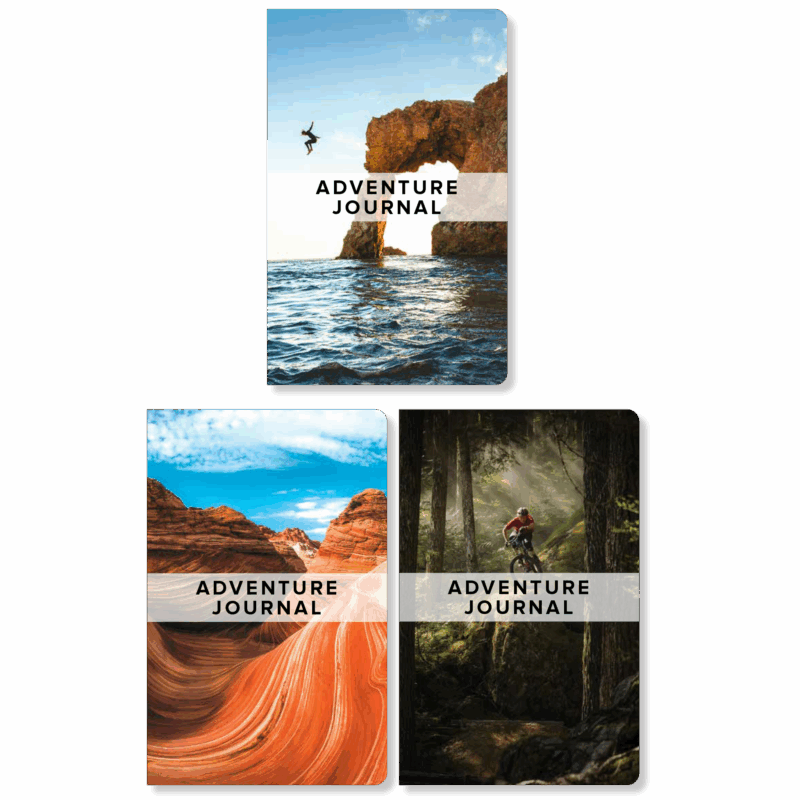Lieutenant Colin Fletcher looked up from the soggy gray paper bags leaking ropy streams of yellow vomit into the bilge water swirling around his boots when Landing Craft Infantry 517 slammed hard into the port side of the landing craft on his right. It was 0730 hours, June 6 1944. D-Day. The Normandy beachhead. He was in the first wave of the invasion.
The sudden collision brought him to his feet.
Many of the men around him were heaving violently. “I was quite seasick,” he recalled later, “as were most of the others–everyone was extremely nervous.” German shells exploded everywhere in the turbulent sea. Angry bullets tore through the air just above his head. One slammed into a gunwale behind his right shoulder giving off a sharp pinging sound. Just as he made it ashore a shell exploded so close that it ripped his left boot off and sent it flying into the maelstrom. Fletcher was one of the lucky survivors, for the casualties were very high that day.
He was 22 years old but to look at him then you would not have imagined that in 20 years he’d be the most famous long-distance walker in the world and the father of modern backpacking.
Fletcher grew up in Wales, the son of a single mother who thought walking was fun. She took him to nearby hilltops for weekend outings and used the outdoors as her classroom. When she died unexpectedly at the outset of WWII, Fletcher was so distraught he volunteered for the Royal Marine Commandos and spent much of the war behind enemy lines as a saboteur blowing bridges, dams, inserting spies, and so forth.
He’d spend the next decade after the war’s end fumbling toward fulfillment and searching for self.

In 1958 he decided to walk the length of California. This was a full decade before the Pacific Crest Trail was officially designated and 33 years before it was completed. The term thru-hiker did not yet exist, but if it had, Fletcher would have been one of the first. He logged more than a thousand miles on this journey, which began at the Mexican border, took him north along the Colorado River, across the Mojave Desert, up the spine of the Sierra and into the Cascades, where he walked on until he reached the Oregon border. Very few people were doing this sort of thing at the time. There was no one for him to emulate so he developed what became common backpacking techniques along the way. The journey generated his first published book, The Thousand-Mile Summer, which is now a classic and still read by serious long-distance walkers.
Five years later–with help from Harvey Butchart–he became the first to walk the length of Grand Canyon National Park in one arduous solo trek. (The boundaries of Grand Canyon National Park were expanded to include the entire canyon in 1975. In 1963 the limits of the national park went from Havasu Canyon on the west end to Little Nankoweap Canyon on the east. Neither Harvey Butchart nor Fletcher were the first to walk the canyon’s entire length. That honor went to Kenton Grua, who walked it in two segments, ending in 1976.)
Anyone who has hiked in the canyon knows this is a badass, life-threatening trek. For instance, Fletcher’s first 100 miles are chalk-dry–there are no reliable sources for water, and in 1963 no escape routes were known. The Canyon has claimed hundreds of lives. Even today, only a few have successfully completed the entire distance.
Fletcher returned to The canyon in 1967 and became the first person known to walk from Havasu Creek to Bridge Canyon–a distance much farther than his original famous hike. These journeys spawned his first famous books, which were released in tandem. The Man Who Walked Through Time showed what wilderness immersion could do for one’s spiritual being and The Complete Walker presented backpacking techniques that made backcountry travel much safer and easier. During the following 20 years more than a million people read them.
Fletcher’s timing was perfect, for both books were released in 1968–a time when young people were rallying against the Vietnam War, racism, and gender inequity; a time when they began questioning the ethics and morality of their elders and sought alternate lifestyles; it was a time when environmental concerns began to surface. Spurred on by the times and Fletcher’s books, along with others by such authors as Edward Abbey, Wallace Stegner, Rachel Carson, Loren Eisley, and others, many forsook the world of money-thrust and man-crud and began backpacking into wild places. His work was a major reason for this back-to-nature movement. He was the one who showed the way. The multitudes followed his shadow. He was to backpacking what Walter Cronkite was to reporting or what Leonard Bernstein was to music; when Colin Fletcher had something to say, people listened.
By the early 1970s, due in part to his fame, he withdrew from society and became a recluse. He referred to himself as a “solitary son-of-a-bitch.” Some who knew him said he was a man whose personality ranged from Captain Bligh to Santa Claus. He continued to backpack, but wrote very little about the places he visited. His fame diminished but his badassery continued.
He made solo treks from Grand Canyon’s Bridge Canyon to Boulder Dam. From there he walked to Nelson’s Landing and then closed the stretch between Nelson and Needles, California, making him the first person known to walk from Mexico to Nankoweap Canyon. He undertook all these treks alone.
Fletcher was a stoic. With a few small exceptions, he never complained about pain or fear. He had the classic British stiff upper lip. But nearly all of his big treks were extremely difficult tests of physical and spiritual endurance–something he never mentioned, but that his emulators quickly discovered.
In 1977 he buried a treasure of gold, silver, and jewels worth about $100,000 today. He did this because he thought the American economy was about to collapse. Fletcher also cached enough equipment and supplies somewhere in the California Coast Range to survive four years without any help from the outside world. This cache, along with at least two other treasures, have never been found.

He wrote three more books during the ’80s and in 1989, at the age of 69, decided to travel the length of the Colorado River under his own power and successfully completed the 1,700-mile journey to become the first person to travel the length of the river in a single craft. At the end of the six-month adventure he was met on the beach in Baja California by a band of armed Mexican Federales who thought he was leading some sort of invasion. While they were deciding whether to shoot him on the spot or simply arrest him, Fletcher calmly explained that he came in peace, all the way from Wyoming, to visit the good people of El Golfo. He was so persuasive and calm that instead of executing him, they made him an honored guest of the village.
By 2001 Fletcher had written 15 books, of which ten were published. He learned much from his many years as an outdoorsman. Regarding one of the lessons, he said, “Death is a perfectly ordinary event. It’s as common as life. It’s not a big deal.” He was about to have his belief tested in the extreme, for early on the evening of August 13, 2001, while walking along a country road, 79-year-old Fletcher was struck down by a Toyota 4Runner traveling 40 mph. He flew 60 feet down the road and landed on his head.
His injuries included several fractured ribs, a crushed patella, a punctured lung, and a ruptured diaphragm. One eye was blinded, and a serious case of road rash covered most of his body. But these were ‘superficial injuries.’ For his cerebral cortex smashed against the inside of his skull all but turning his brain to jelly. The result was severe brain trauma. He lost much of his memory, physical, and verbal abilities. He could not care for his personal hygiene nor feed himself.

One of Fletcher’s backpacks. Exhibit on display at Park Headquarters by Pete Peterson, Marna Bastian and Kim Besom. Photo: Grand Canyon National Park.
The hospital staff patched him up as best they could and sent him to a nursing facility. He fought so vehemently to return home and regain his custom lifestyle, he became such a difficult patient that there was nothing to do but let him return home under the care of a full-time caregiver. But his condition was untenable and forced him in and out of the hospital and care facilities for the next six years. He never recovered. A couple of years after the accident his attorney visited him and learned that Fletcher’s liver and gallbladder had migrated through his ruptured diaphragm, a condition the doctors discovered only recently. They hadn’t suspected anything more was wrong because he never once complained about the pain.
After nearly six years of suffering, he finally passed away in June 2007. But his last bit of badassery came after his death when his Last will and testament was read. His specific instructions were: “Burn me, and flush me down the toilet.”
His remains were cremated but the ashes were not flushed; they were scattered in the Ventana Wilderness along a trail he particularly liked.
Without Fletcher’s pioneering work it is unlikely that backpacking would have become what it is today. Certainly, the major trails and the big national parks’ backcountry areas would be far less populated. Today, even though most have never heard of him, we can blame Colin Fletcher for luring the hordes out into America’s wild places.
Words by and photos courtesy of Robert Wehrman.
***
Read more about Colin Fletcher in Wehrman’s biography Walking Man.
Pick up a copy of Fletcher’s iconic book, The Complete Walker, in its fourth edition.






